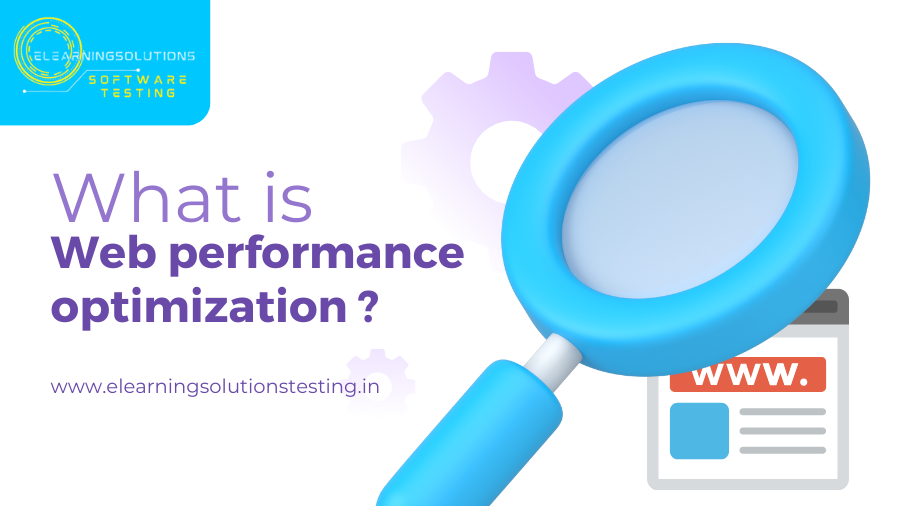Pulse of Information
Your source for the latest insights and updates.
Turbocharge Your Website in a Few Simple Steps
Unlock the secrets to skyrocketing your website's performance with easy steps that anyone can follow. Transform your site today!
Top 5 Tips to Optimize Your Website for Speed
In today's fast-paced digital world, a slow-loading website can drive potential customers away. Optimizing your website for speed is crucial not just for user experience, but also for SEO rankings. Here are the top five tips to ensure your website loads quickly:
- Minimize HTTP Requests: Every element on your page requires a request to the server. Reduce the number of elements by simplifying your design and combining scripts and stylesheets.
- Enable Compression: Utilize Gzip compression to reduce the size of your HTML, CSS, and JavaScript files, which can significantly improve load times.
- Optimize Images: Large images can slow down your site considerably. Use image formats that offer good quality at reduced file sizes, like WebP, and ensure they are appropriately sized.
- Leverage Browser Caching: Set up your server to store certain files in the user's browser cache, which helps them load faster on repeat visits.
- Use a Content Delivery Network (CDN): A CDN distributes your content across various global servers, delivering it from the nearest location to the user, thus reducing latency.

How to Improve Your Website's User Experience in Minutes
Improving your website's user experience (UX) doesn't have to be a lengthy process. In just a few minutes, you can implement simple yet effective changes that enhance navigation and engagement. Start by streamlining your navigation menu; ensure that it is intuitive and easy to use, allowing visitors to find what they need without frustration. Additionally, focus on loading speed—optimize images and reduce unnecessary scripts to make your pages load faster. Studies show that a delay of even a second can lead to higher bounce rates, so every second counts!
Another crucial aspect of user experience is responsive design. With an increasing number of users accessing websites via mobile devices, it's essential to ensure that your site looks and performs well on all screen sizes. Use responsive design frameworks to make adjustments that cater to both desktop and mobile users effectively. Lastly, consider adding clear calls-to-action on your pages. Make it easy for users to understand their next steps, whether it's signing up for a newsletter, completing a purchase, or contacting you for more information.
Is Your Website Slow? Here Are Quick Fixes to Turbocharge Performance
Is your website slow? If you’re experiencing sluggish load times, it can significantly impact user experience and SEO rankings. Start by optimizing images since large files can drastically slow down your site. Use image compression tools to reduce their size without sacrificing quality. Additionally, consider implementing lazy loading so that images only load when users scroll to them, enhancing the initial load speed. Don’t forget to minimize HTTP requests by combining CSS and JavaScript files, which reduces the number of requests your server has to handle.
Another essential tactic for improving your site’s performance involves leveraging browser caching. By setting up caching headers or using WordPress plugins, you can enable repeat visitors to load your site faster. It’s also vital to choose a reputable hosting provider. A high-quality server will handle traffic better and offer faster response times. Finally, consider utilizing a Content Delivery Network (CDN) to distribute your content geographically, ensuring quicker access for users no matter their location. With these quick fixes, you can turbocharge your website’s performance and keep your audience engaged.